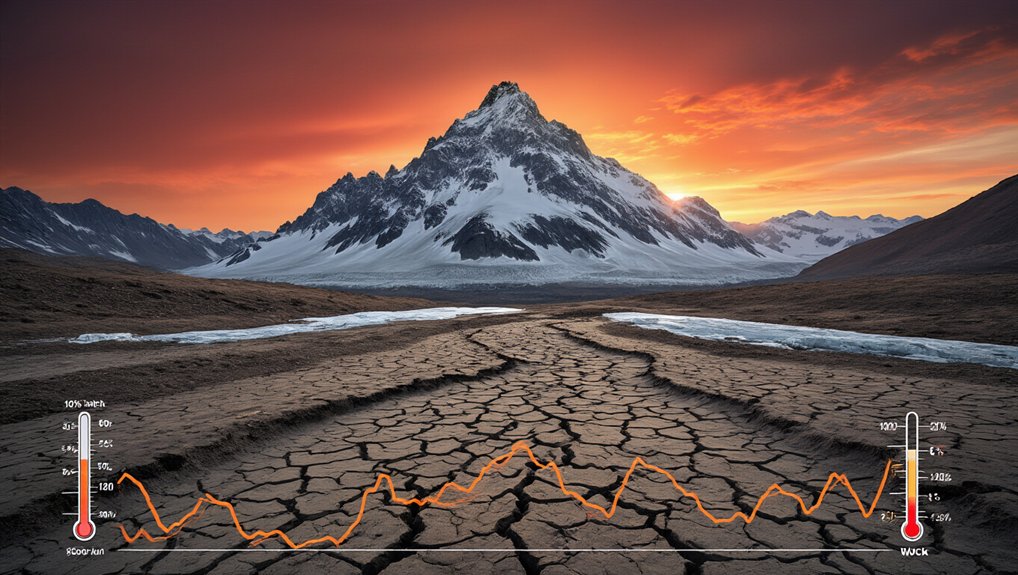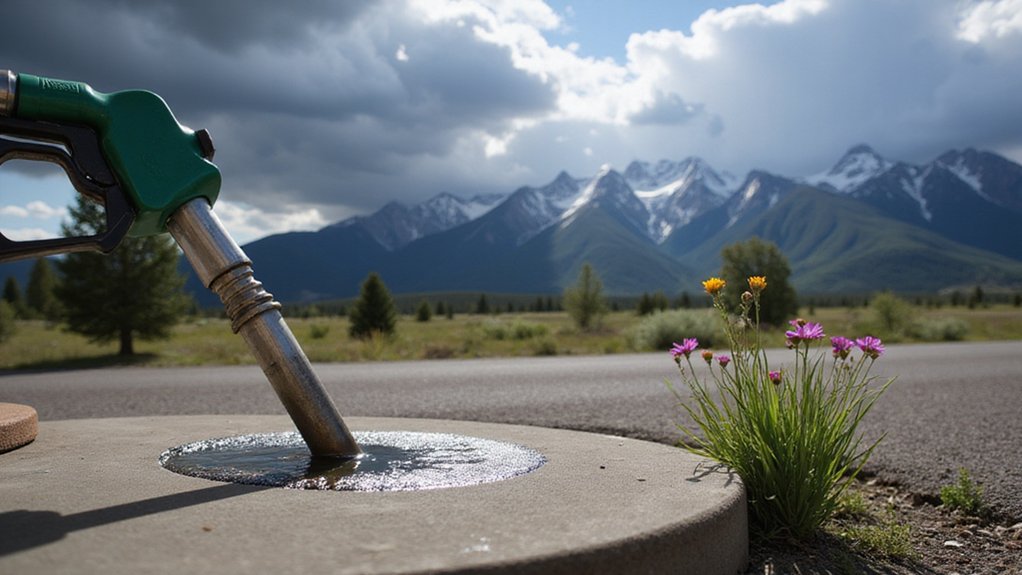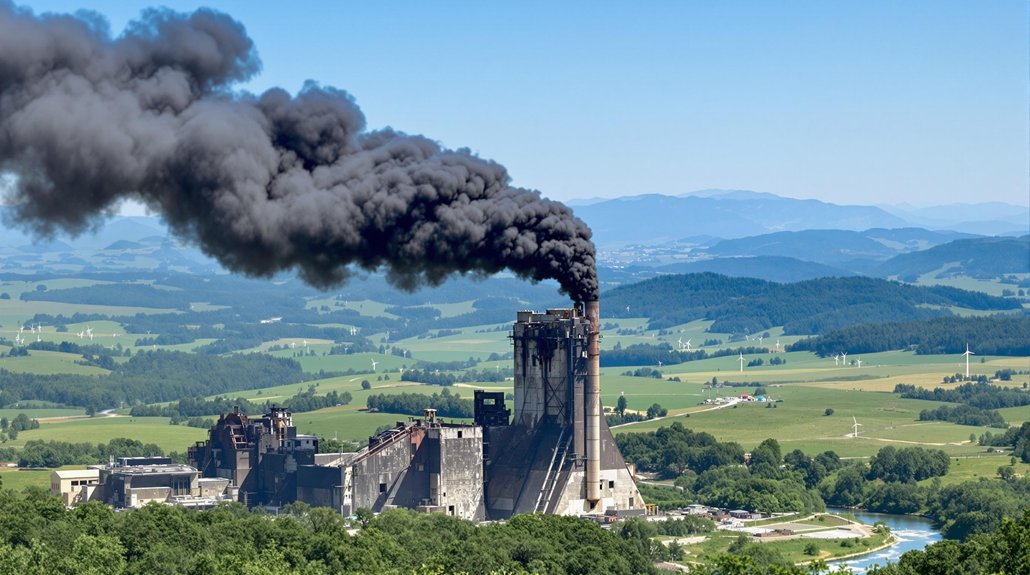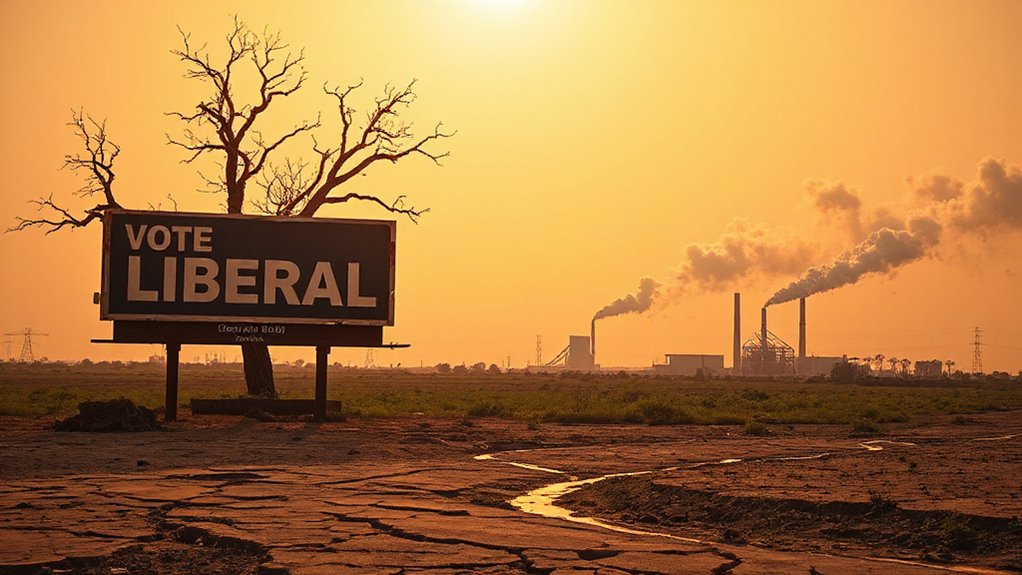California has surged ahead in its battle against climate change, reaching its 2020 emissions target six years early. The state hit 1990 emission levels in 2014, showing its commitment to fighting global warming. Now California aims to cut emissions 40% below 1990 levels by 2030.
California’s early achievement of climate targets demonstrates its leadership in the urgent fight against global warming.
Experts predict the state will exceed this goal. The 2022 Scoping Plan estimates California can achieve a 48% reduction by 2030. Since peak emissions in 2004, California has already eliminated 115 million metric tons of greenhouse gases. With 2.9 GW of planned additions, California leads the nation in clean energy capacity alongside Texas.
Looking further ahead, California law requires the state to reach carbon neutrality by 2045. AB 1279 sets a goal to reduce emissions 85% below 1990 levels, with the remaining 15% addressed through carbon removal techniques.
The urgency of these goals is clear when examining temperature changes. California’s average summer temperatures have risen about 3 degrees F since 1896, with more than half that increase occurring since the early 1970s. If global emissions continue at current rates, California faces warming of more than 2°F by 2040 and potentially over 6°F by 2100.
These changes are already affecting heat wave patterns. California heat waves have become more humid, with warmer nighttime temperatures. Coastal areas once protected by cool ocean air now face intensifying mid-summer heat.
Wildfire risk is also growing. Models project up to 77% increase in average area burned and 50% increase in wildfire severity. Scientists widely agree that human-caused warming makes fires in California larger and more severe.
California tracks its climate progress through a public Climate Dashboard. The state’s approach combines multiple strategies across different sectors to reduce emissions while preparing for unavoidable impacts.
For residents of places like Fresno, the stakes are high. By mid-century, the city could experience 43 extreme heat days annually – ten times more than historical averages – unless emissions are drastically reduced. The 2006 heat wave demonstrated the magnitude of this threat, resulting in over 600 deaths and $5.4 billion in damages across the state.
References
- https://calepa.ca.gov/climate-dashboard/
- https://climateresilience.ca.gov/overview/impacts.html
- https://www.climate.gov/news-features/event-tracker/weather-and-climate-influences-january-2025-fires-around-los-angeles
- https://www.ncei.noaa.gov/news/national-climate-202501
- https://scripps.ucsd.edu/research/climate-change-resources/faq-climate-change-california









